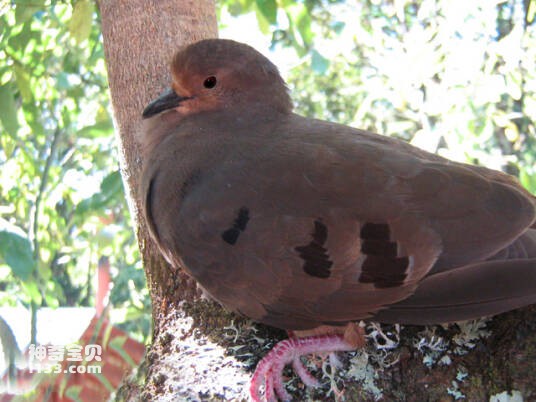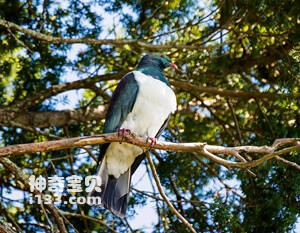
Hemiphaga novaeseelandiae
Hemiphaga novaeseelandiae,New Zealand Pigeon
新西兰鸠(学名:Hemiphaga novaeseelandiae)外文名New Zealand Pigeon,有3个亚···
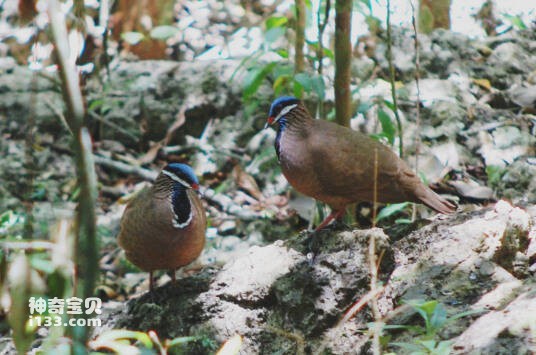
Starnoenas cyanocephala
Starnoenas cyanocephala,Blue-headed Quail-dove
Its scientific name is Starnoenas cyanocephala, and its foreign name is Blue···
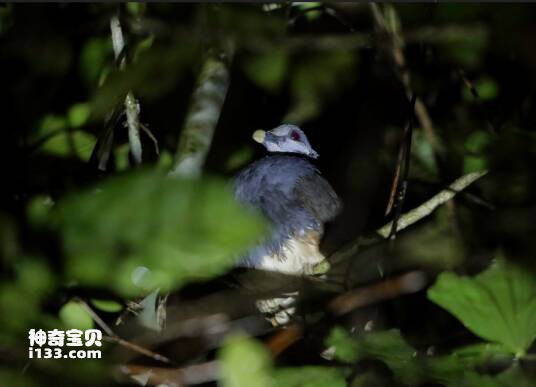
Trugon terrestris
Trugon terrestris,Thick-billed Ground Pigeon
Gallicolumba salamonis is an extinct species of pigeon. Little is known abou···
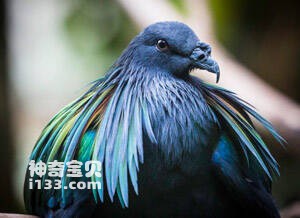
Caloenas nicobarica
Caloenas nicobarica,Nicobar Pigeon,Nicobar Dove,Paloma de Nicobar
Caloenas nicobarica has two subspecies: Nicobar Pigeon, Nicobar Dove, and Pa···
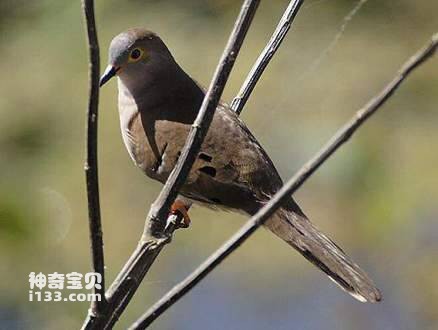
Uropelia campestris
Uropelia campestris,Long-tailed Ground-dove
Uropelia campestris and Long-tailed Ground-dove are unknown.Listed in the In···
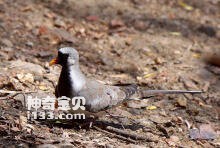
Oena capensis
Oena capensis,Namaqua Dove
Its scientific name is Oena capensis and its foreign name is Namaqua Dove.Li···
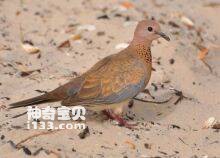
Spilopelia senegalensis
Spilopelia senegalensis,
The brown turtle dove (Spilopelia senegalensis) has six subspecies and is a ···
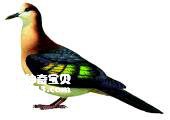
Henicophaps foersteri
Henicophaps foersteri,New Britain Bronzewing
The species is known as Henicophaps foersteri and New Britain Bronzewing.Lis···
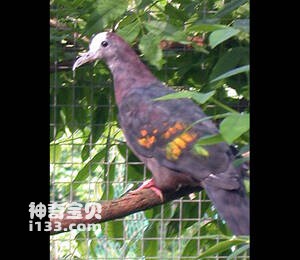
Henicophaps albifrons
Henicophaps albifrons
White-topped ground pigeons are known as Henicophaps albifrons and their spe···
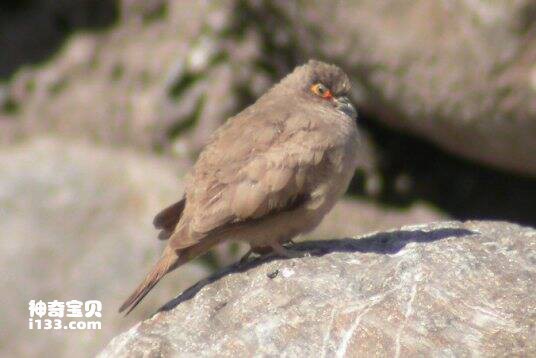
Metriopelia morenoi
Metriopelia morenoi,Bare-eyed Ground-dove,Moreno's Ground Dove
Metriopelia morenoi, Bare-eyed Ground-dove, Moreno' s Ground Dove, whose···
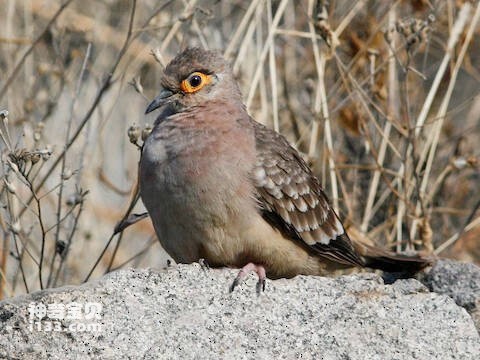
Metriopelia ceciliae
Metriopelia ceciliae,Bare-faced Ground Dove
The behavior of Bare-faced Ground Dove (Metriopelia ceciliae) is unknown.Pro···
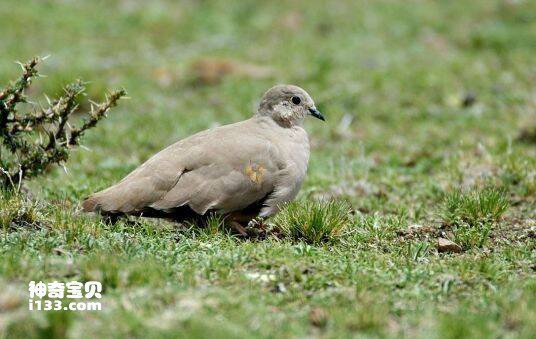
Metriopelia aymara
Metriopelia aymara,Golden-spotted Ground-dove
Its scientific name is Metriopelia aymara, and its foreign name is Golden-sp···
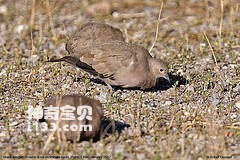
Metriopelia melanoptera
Metriopelia melanoptera,Black-winged Ground-dove
Metriopelia melanoptera and Black-winged Ground-dove are unknown.Listed in t···
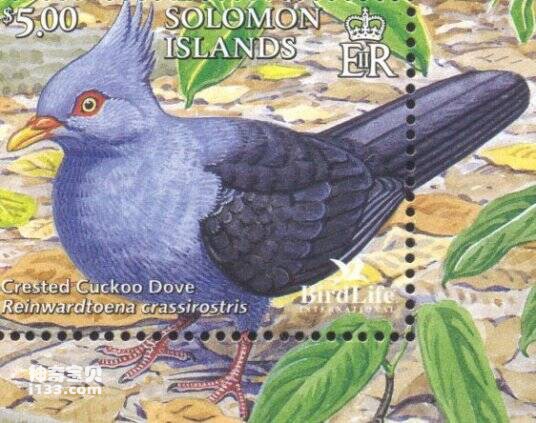
Reinwardtoena crassirostris
Reinwardtoena crassirostris,Crested Cuckoo-dove
Its scientific name is Reinwardtoena crassirostris and its foreign name is C···
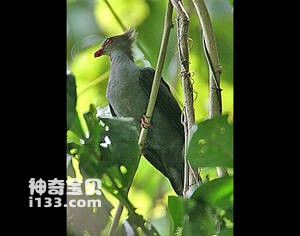
Reinwardtoena browni
Reinwardtoena browni,Pied Cuckoo-dove
The turtle is Reinwardtoena browni, Pied Cuckoo-dove, and its behavior is un···
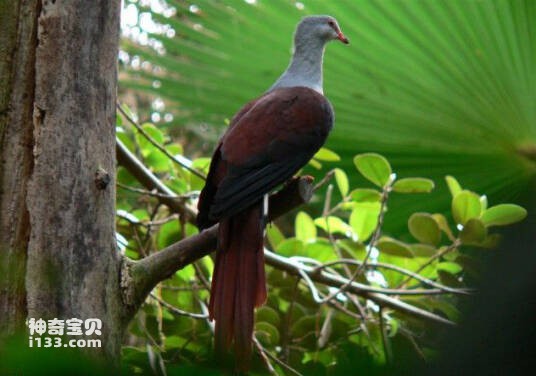
Reinwardtoena reinwardtsi
Reinwardtoena reinwardtsi,Great Cuckoo-dove
Its scientific name is Reinwardtoena reinwardtsi, and its foreign name is Gr···
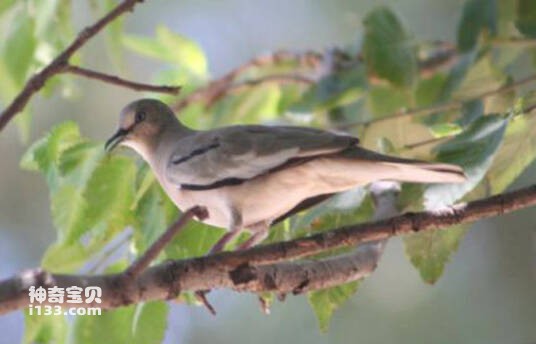
Claravis godefrida
Claravis godefrida,Purple-winged Ground-dove,Purple-barred Ground-dove,Purple-winged Ground Dove
Its scientific name is Claravis godefrida, and its foreign names are Purple-···
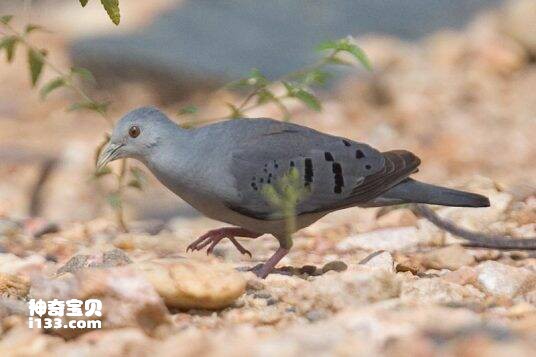
Claravis pretiosa
Claravis pretiosa,Blue Ground-dove
Its scientific name is Claravis pretiosa and its foreign name is Blue Ground···
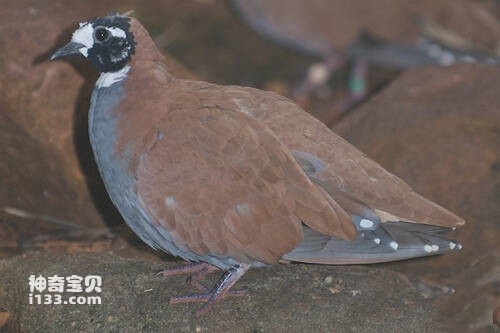
Phaps histrionica
Phaps histrionica,Flock Bronzewing
The scientific name Phaps histrionica, the foreign name Flock Bronzewing, th···
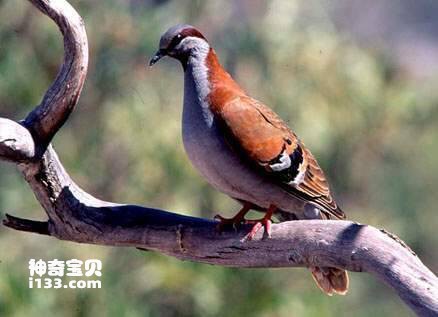
Phaps elegans
Phaps elegans
Copper-winged brush doves are known as Phaps elegans, but their specific hab···

